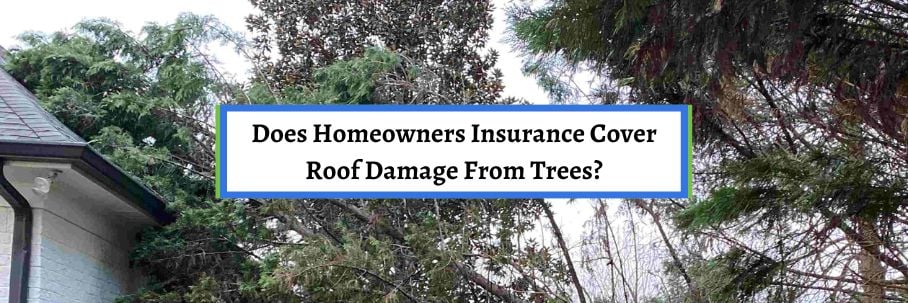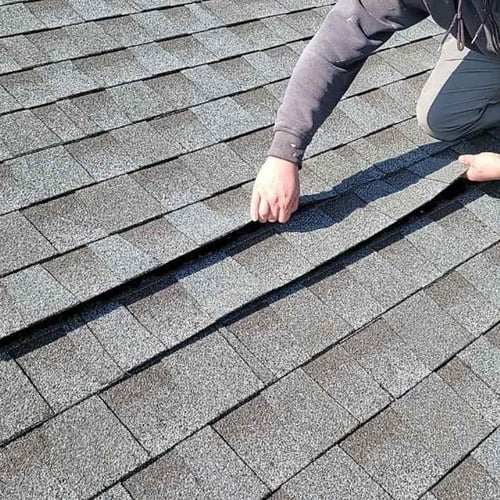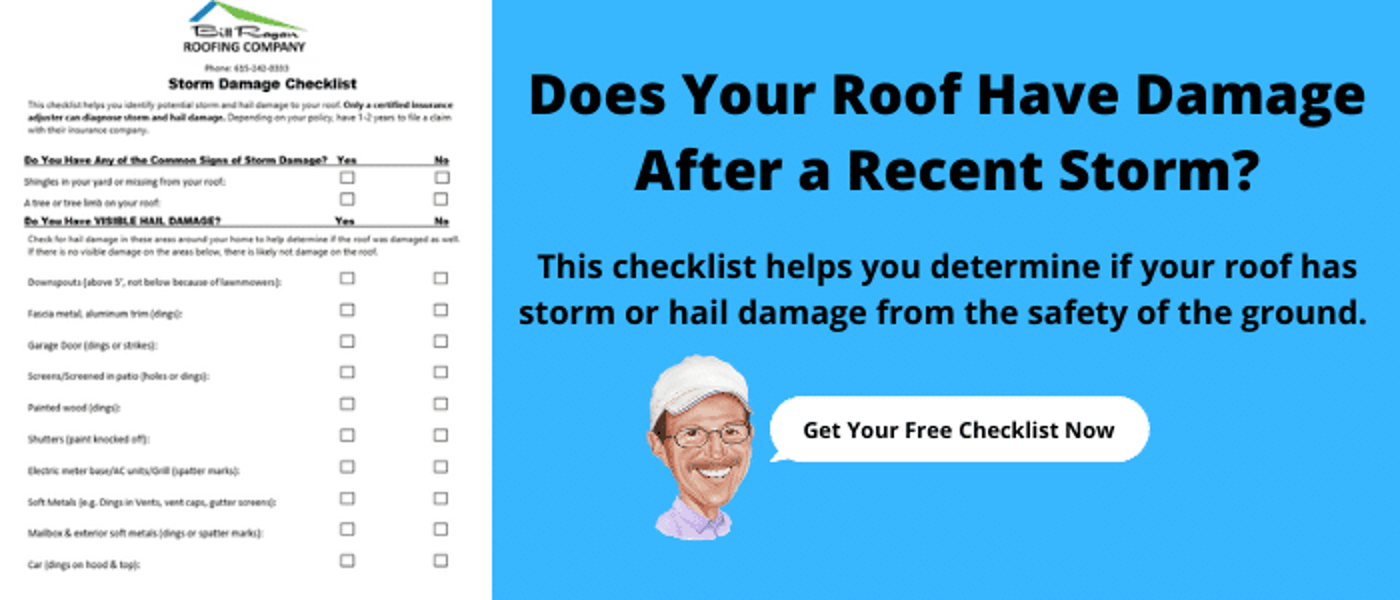Does Homeowners Insurance Cover Roof Damage From Trees?

Does homeowners insurance cover roof damage from trees?
Homeowners insurance does cover roof damage from trees in the event of strong wind storms or another act of extreme weather.
However, roof damage from a fallen tree due to negligence or lack of maintenance will not be covered.
A tree falling on your roof can cause serious damage. Not only does it cause structural issues, but it leaves your home exposed and puts your family at risk.
While this is bad enough, you’ll also have to pay to fix all the damage. But wait, don’t we all pay our homeowners insurance premiums for reasons just like this?
For over 30 years, the team at Bill Ragan Roofing has helped homeowners understand how their insurance policy affects their roof. That’s why I want to help you determine if your tree damage will be covered and much more.
This article answers the following questions:
- Does homeowners insurance cover roof damage from trees?
- Will homeowners insurance pay for a new roof because of tree damage?
- Will your insurance policy cover the full cost of your new roof?
Does homeowners insurance cover roof damage from trees?
Yes, homeowners insurance covers roof damage from trees as long as it’s caused by strong wind storms or another act of extreme weather. However, there are cases where it isn’t covered due to negligence or lack of maintenance.
-2.jpg?width=500&height=389&name=TreeDamage(2)-2.jpg) (Fallen tree after storm causing extensive roof damage)
(Fallen tree after storm causing extensive roof damage)
Obviously, they won’t cover the roof damage if you caused the tree to fall. Unfortunately, you may also be out of luck if the tree is rotting or already dead when it hits your roof after a storm.
There are even cases where a tree falling on your roof could be excluded from a policy. But at the end of the day, most policies cover roof damage from trees as long as it fell during a storm and was in good condition.
Will homeowners insurance pay for a new roof because of tree damage?
Now that you know homeowners insurance covers roof damage from trees, you’re probably wondering if they’ll provide enough to cover a new roof. If there’s extensive damage, there’s no question they should pay for all or most of your new roof.
 (Lifted shingles from wind damage)
(Lifted shingles from wind damage)
This is especially true if strong, straight-line winds knock your tree down because you’ll also likely have missing or lifted shingles. However, the adjuster is the only one with the power to determine if your roof is worthy of a full replacement.
So, it all depends on what they find during their roof inspection. Unfortunately, this means there’s a chance you’ll only get approved to repair the section the tree hit.
Just know that you have options if this happens, especially if you live in a matching state.
Will your insurance policy cover the full cost of your new roof?
Now you know that insurance will pay for a new roof with tree damage. But did you know your policy determines if the full cost gets covered?
When checking your paperwork, you’ll have one of two insurance policies: Actual Cash Value or Replace Cost Value. Each policy means the insurance company gives you money for a new roof, but there’s a drastic difference in the payouts.
Actual Cash Value policy
An Actual Cash Value (ACV) policy means you get your roof's cash value (commonly referred to as depreciated value) as it currently stands. With this policy, your insurance company only has to give you the amount for what your roof is valued at today.
Unfortunately, you will not get enough to cover the cost of a new roof. Some homeowners try to find a roofing contractor willing to do it for the ACV price once they get this news.
This mindset sets your roof up for premature failure because I guarantee you’ll get the cheapest materials and labor available. Either use the money from insurance and make up the difference, or finance your new roof and put the money towards your monthly payments.
Replacement Cost Value policy
A Replacement Cost Value (RCV) policy provides a payout for what it costs to replace your roof with a brand-new version of itself. This policy means your insurance company is supposed to give you enough to cover the full cost of your new roof.
Like an ACV policy, you’ll get a first check for the actual cost value of your roof while the recoverable depreciation is held back. After your new roof is installed, you’ll have to provide proof that it was done per the insurance claim before you get a second check that covers most or the rest of the cost.
Just know it’s fraud if you don’t follow the scope of work exactly before requesting the depreciation check. Even worse, some people don’t get the work done or purposely try to leave stuff off that was on the insurance estimate so they can keep the extra money.
This is outright fraud that leads to serious legal and financial penalties. Speaking of fraud, be on the lookout for the scam of letting a roofing contractor pay your deductible.
What steps should you take when a tree falls on your roof?
At the end of the day, your homeowners insurance should cover a tree falling on your roof if it was caused by wind, other extreme weather, or another “peril”. However, the extent of the damage and your specific policy determine if the insurance company will pay for a new roof.
At this point, you know if it’s covered, why it’s covered, and the outcome. But what steps should you take when the tree first falls on your roof?
While it may seem straightforward, you probably haven’t been in this situation before. That’s why I wrote another article breaking down what you should do and the process for handling it.
Check out What to Do If a Tree Falls on Your Roof to learn the steps every homeowner should take after a tree hits their roof.


